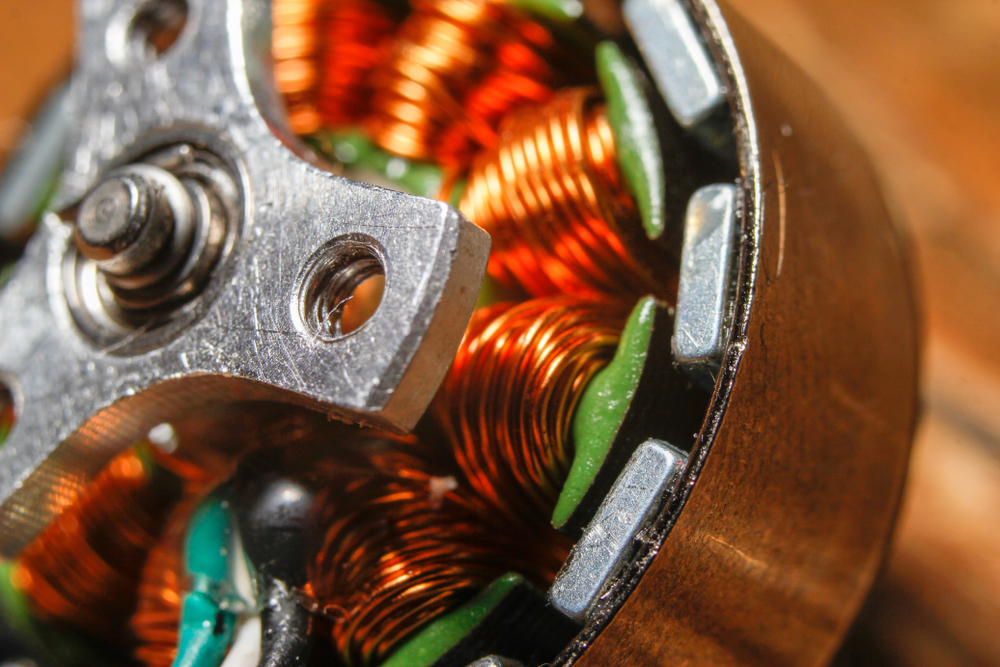Curious about the differences between coreless and brushless motors? We’ll explain everything you need to know about these motors so you can make the best decision for your business when purchasing new motors. Here is what you need to know about the differences between a coreless motor and vs brushless motor.
Which is better coreless or brushless motor
Which is better coreless or brushless motors? Both types of motors are good for certain applications, but one might be a better fit for your needs than the other. The two most common types of electric motors are brush and core. A brush motor is a motor with brushes, which are metal wires that spin inside of a circular magnetic field.
Some people believe that coreless motors are the answer to everything. They are cheap, light and quiet. They don’t need to be babied, run on cheap fuel, and they’re super powerful. They can even run on dirty fuel.
Brushless motors revolutionized electric aircraft performance and are now also standard in high-end RC cars. The lighter weight and greater efficiency of brushless motors mean better performance and range. However, the design is new and the warranties are limited. Most brushless motors are still of the core-and-belt type, but some are now brushless-only designs.
When it comes to electric motors, two types are commonly used: core and coreless. Both types have their advantages and disadvantages, and it’s often a matter of personal preference which is used in a given application.
Are coreless motors good?
There has been a lot of buzz surrounding coreless motors in recent years. Some claim that they’re superior to traditional motors, while others argue that they’re a waste of money. But are coreless motors really all that great? Let’s find out.
Motors are the powerhouses of any machine. They provide the energy that makes everything go, and because of that, their proper function is critical for the performance of the whole thing. For most of the past century, the most popular type of motor has been the conventional type, also known as the core type. They have a solid cylinder in the center, and they use electromagnets to create a force that causes the whole thing to spin.
The world of motors is constantly evolving. Over the past few decades, we’ve seen a variety of new technologies come and go, each promising to improve our lives in some way. One of the most exciting motor technologies to emerge in recent years is coreless motors. This technology offers a variety of potential benefits, including the ability to generate powerful forces at high speeds without generating a lot of excess heat.
The world of electric motors has been turned on its head in the past year or so. Traditional electric motors, also known as armatures, have been used for decades, and are the motors most of us think of when we think of electric motors.
They use a metal core which functions like the wiring in a traditional electric motor to conduct electricity. Today, however, electric motors are being built without a metal core, which is called “coreless motors” or “ceramic motors.
What is a coreless DC motor?
Society currently enjoys the seamless operation of modern motor drives in numerous industries thanks to great engineering minds over the last few decades. Innovative DC motors that boost productivity and make life easier for consumers and businesses are available in a variety of models, each with its own set of advantages and disadvantages.
Since its inception, the DC coreless motor has consistently outperformed all other motor types in terms of performance. Is a coreless motor something you should think about for your business? We’ll go through coreless DC motors in depth so you can figure out if they’re right for your application.
What does coreless mean?
The name coreless motor refers to the fact that these motors don’t have a core. When compared to DC motors with inner iron cores, a coreless DC motor is absolutely not a poorer quality product due to its unique design. To compensate for the rotor’s lack of mechanical strength due to the lack of an iron core, a novel coil design was used to boost the rotor’s mechanical strength.
DC motors, on the other hand, are frequently required to manage high torque levels. The rotors of coreless DC motors are coated with epoxyaâ€often glassaâ€in the absence of an iron core. This epoxy protects the rotor coils from harm by strengthening them. The lack of a hefty inner core offers numerous advantages.
Need a Coreless or Brushless Motor? Telco Has Both!
Now that you know more about the differences between a coreless motor and vs brushless motor, it is time to make a decision. Whether you need a coreless or brushless motor, you can find them both right here at Telco. We carry a wide selection of the most desirable motors on the market. They’re well-built and reasonably priced, find out for yourself!
Take a look at our selection today, we have something for everyone!
Image Source: Shutterstock
